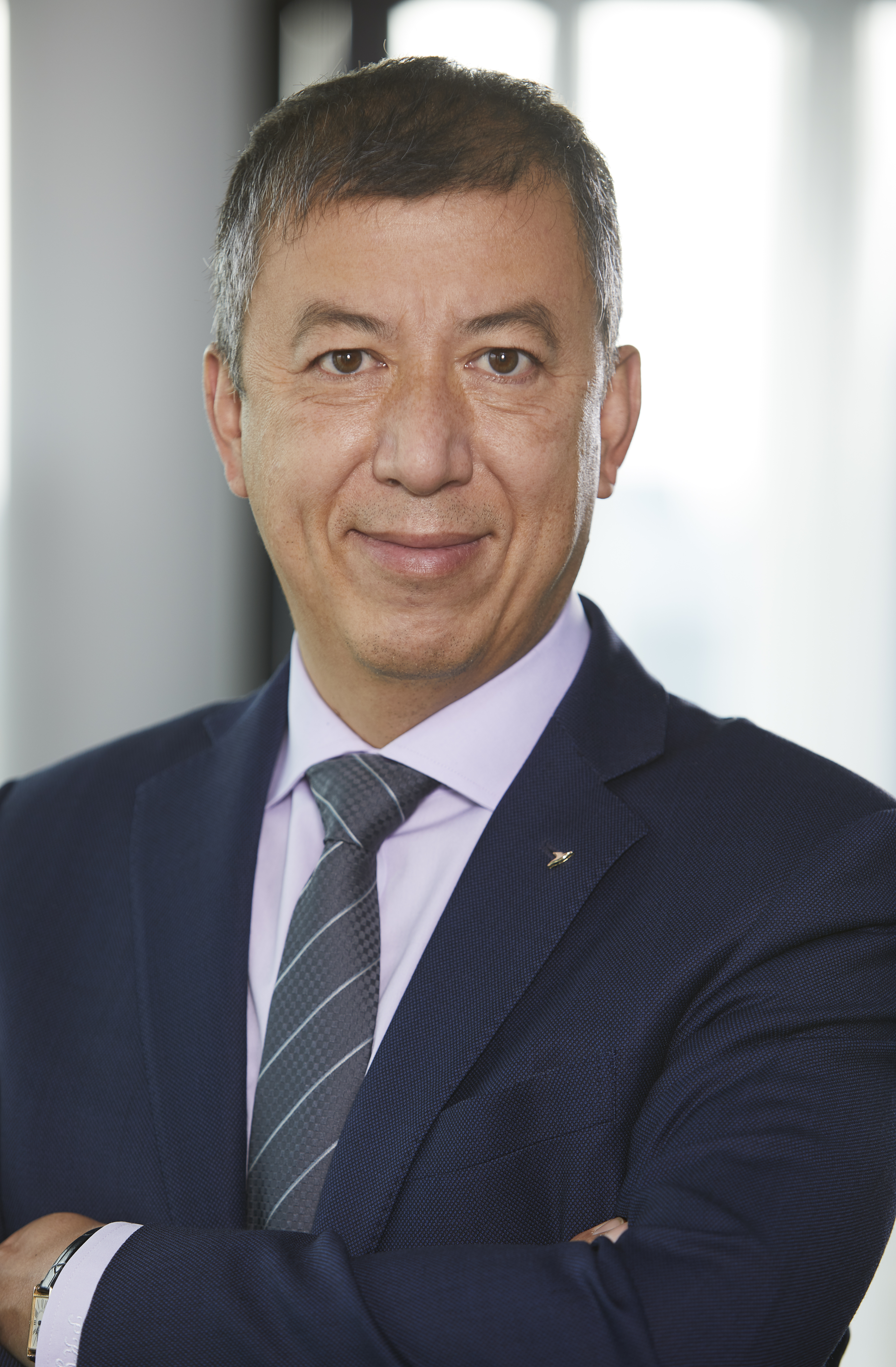Interview
Rome, 9 May 2022
Interview with... Patrick Ky
Executive Director EASA (European Union Aviation Safety Agency)
[Cleared n°4 - year XIX - April 2022]

Covid-19 and then the conflict in Ukraine have hit hard the European aviation system. What are the measures implemented by EASA to ensure safety and security in support to the aviation sector?
We were quite fast to realise that the Covid pandemic would impact aviation on an unprecedented scale and started to take actions as early as January 2020. Our efforts were threefold: (1) to ensure that passengers were protected, by limiting the probability of becoming infected when flying, (2) to ensure business continuity by offering flexibility to the industry, which could no longer function in line with the very detailed rules that we have in aviation and (3) to ensure that the new or exacerbated risks generated by the crisis were identified and mitigated. We worked together with the Member States and the industry to provide a coherent and coordinated response. This close cooperation is what makes aviation so resilient and, ultimately, so safe.
The current crisis triggered by the Russian invasion of Ukraine comes at a time when the aviation sector was starting to recover from the effects of the pandemic, but is still was far from being completely recovered. The reduced traffic makes it easier to accommodate the re-routing of the traffic that would have used Ukrainian airspace. However this re-routing also has implications from a safety perspective, since, for example, routes to the Far East are now taking much longer, which has implications for fuel planning.
EASA has been entrusted with tasks in the field of technology, environmental initiatives and drones. Several initiatives have been put in place by European Member States and ANSPs to deliver the Single European Sky. What is your view on what has been achieved so far and which areas need further work?
EASA’s involvement in the deployment of new technologies supporting the objectives of the Single European Sky has increased, with new arrangements in place to support the SESAR3 JU role in the Research & Development and to provide technical advice for the deployment of the SES Common projects.
The Agency is developing a new framework for the conformity assessment of ATM equipment to ensure that it meets requirements. This will facilitate the introduction of new equipment and improve the competitiveness of the European industry.
EASA has also established the ATCO Action Plan - a roadmap for a revision of the European ATCO licensing scheme to accommodate new technologies and operational concepts. This is one element of the necessary transition towards a more digital ATM environment.
Drones, UAM and AAM are topics that are high in the agenda of EASA. The recent Amsterdam Drone Week and EASA High Level Conference on Drones have shown the growing importance of this topic. What are in your views the main takeaways from the event? What’s coming next?
One of the main takeaways of Amsterdam Drone week is that it is quite crucial for the EU drones community to have an annual forum for exchange. This is because many more and different actors are involved than is the case for conventional aviation and the speed of development is very high, so it is important to ensure that everyone is constantly updated and has the opportunity to ask questions and get clarification. We cannot continue to move quickly on this, collectively, unless that sort of discussion takes place.
Next tasks in this area are to further develop the initial European drones regulations and support Member States and stakeholders in their implementation, to advance U-space services, and to deploy first use cases. EASA is working on a UAM digital platform to support decision makers with respect to UAM implementation.


